Cinema United CEO Calls for 45-Day Theatrical Window and “Only In Theatres” Marketing Push at CinemaCon
At CinemaCon in Las Vegas, where industry insiders gather to talk about the future of film, Cinema United CEO Michael O’Leary didn’t mince words as he said that the theatrical experience needs consistency, clarity, and commitment. He’s calling for a baseline 45-day exclusive theatrical window for all films and a serious re-emphasis on marketing movies as “Only In Theatres.” This comes as movie theatrical releases seem to be getting shorter.O’Leary warned: “If we continue to shorten windows, and crowd out the small and medium sized movies, creating the impression that the only reason to go to the theatre are the big blockbusters. then eventually, the very network needed to make those blockbusters successful, will atrophy.”O’Leary made a hard pitch for a more sustainable exhibition model, one that doesn’t sacrifice the long game for short-term digital revenue. “A clear, consistent period of exclusivity, supported by meaningful nationwide marketing from both distribution and exhibition, is essential for all theatrically released films to be successful,” he said. “It is the bedrock upon which our collective prosperity is built.”O’Leary sees the 45-day window not as a hard stop, but as a healthy baseline. “For most movies, the ultimate box office success and consumer demand cannot be effectively determined short of a 45-day window,” he said. “A compelling movie… will do just as well, possibly better, on PVOD at 45 days as it would at 20.”He pointed out that a major issue is the messaging around availability. Streaming is becoming the fallback. “At-home should never be the default app option while a movie can still be seen in thousands of theatres across the country,” he said. “A good starting point would be an aggressive re-commitment to emphasizing ‘Only in Theatres’ across all marketing platforms.”The erosion of exclusivity isn’t just hurting ticket sales, it’s also wrecking awareness. Shorter windows shrink the marketing tail, and for smaller films, that tail is everything. O’Leary also called on distributors to stop promoting streaming while a film is still in its theatrical run.He even floated a refresh on the in-theater marketing experience: “Imagine the positive response if, hypothetically, the preshow was tailored, the green band rating, as appropriate, appeared only before the first trailer, the trailers were 90 seconds in length, and exhibition played between four and six before a movie?”Another hot topic is the premium large format screens (PLFs). O’Leary acknowledged their value but warned against tunnel vision. “Investment in large screen formats cannot be at the expense of other auditoriums,” he said. “If, in our collective zeal to promote large screen experiences, we lead movie lovers to believe that the only reason to go to the theatre is for large screen formats, we are destroying the very heart of our business.”He also pressed for more flexibility in scheduling, especially for independent theaters. Requiring a family film to play at 10:15 PM on a school night? That’s not helping anyone. “Scheduling requirements which, for example, result in a G or PG-rated family-movie being played at 10:15 pm on a school night… doesn’t make sense for movie fans, the exhibitor or the distributor.”And as for holdover rules that force indie theaters to cling to titles long after interest fades? Those need to go. “If an independent operator feels passionate about playing a movie, they should be able to confirm it early, so they have the same opportunity as their competitors to adequately market it to their guests.”O’Leary’s wants to see the system evolve, don’t erode. “We need a system that recognizes our common goals and does not pit one sector against another in a short-sighted quest for immediate financial return at the cost of longterm success.”“Everyone feels the pressures of today’s marketplace – from the biggest studios to the one-screen independents. But clinging to the norms of a pre-pandemic world or to the temporary adjustments made during that time, threatens the overall health of this great industry.”

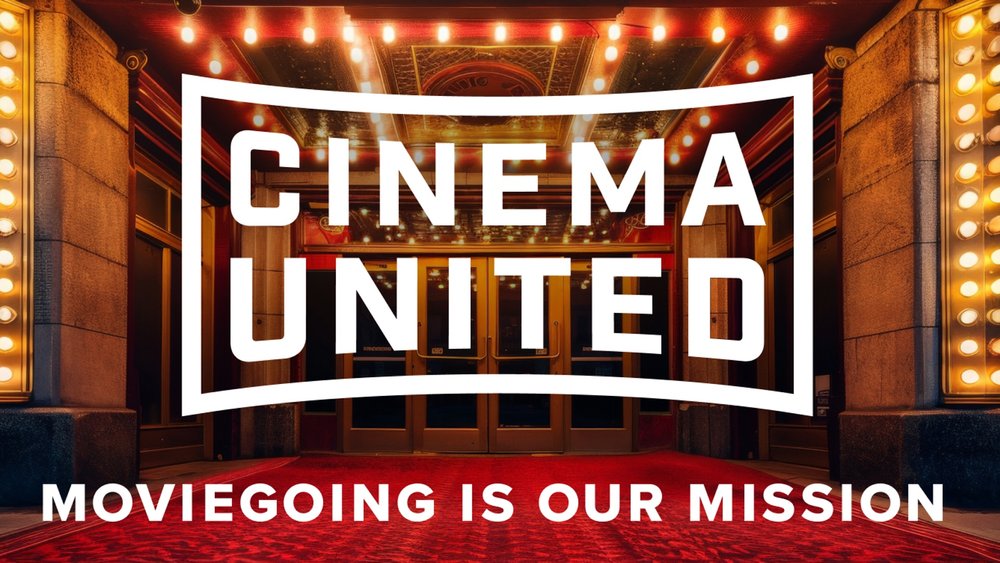
At CinemaCon in Las Vegas, where industry insiders gather to talk about the future of film, Cinema United CEO Michael O’Leary didn’t mince words as he said that the theatrical experience needs consistency, clarity, and commitment.
He’s calling for a baseline 45-day exclusive theatrical window for all films and a serious re-emphasis on marketing movies as “Only In Theatres.” This comes as movie theatrical releases seem to be getting shorter.
O’Leary warned: “If we continue to shorten windows, and crowd out the small and medium sized movies, creating the impression that the only reason to go to the theatre are the big blockbusters. then eventually, the very network needed to make those blockbusters successful, will atrophy.”
O’Leary made a hard pitch for a more sustainable exhibition model, one that doesn’t sacrifice the long game for short-term digital revenue.
“A clear, consistent period of exclusivity, supported by meaningful nationwide marketing from both distribution and exhibition, is essential for all theatrically released films to be successful,” he said. “It is the bedrock upon which our collective prosperity is built.”
O’Leary sees the 45-day window not as a hard stop, but as a healthy baseline. “For most movies, the ultimate box office success and consumer demand cannot be effectively determined short of a 45-day window,” he said. “A compelling movie… will do just as well, possibly better, on PVOD at 45 days as it would at 20.”
He pointed out that a major issue is the messaging around availability. Streaming is becoming the fallback. “At-home should never be the default app option while a movie can still be seen in thousands of theatres across the country,” he said. “A good starting point would be an aggressive re-commitment to emphasizing ‘Only in Theatres’ across all marketing platforms.”
The erosion of exclusivity isn’t just hurting ticket sales, it’s also wrecking awareness. Shorter windows shrink the marketing tail, and for smaller films, that tail is everything. O’Leary also called on distributors to stop promoting streaming while a film is still in its theatrical run.
He even floated a refresh on the in-theater marketing experience: “Imagine the positive response if, hypothetically, the preshow was tailored, the green band rating, as appropriate, appeared only before the first trailer, the trailers were 90 seconds in length, and exhibition played between four and six before a movie?”
Another hot topic is the premium large format screens (PLFs). O’Leary acknowledged their value but warned against tunnel vision.
“Investment in large screen formats cannot be at the expense of other auditoriums,” he said. “If, in our collective zeal to promote large screen experiences, we lead movie lovers to believe that the only reason to go to the theatre is for large screen formats, we are destroying the very heart of our business.”
He also pressed for more flexibility in scheduling, especially for independent theaters. Requiring a family film to play at 10:15 PM on a school night? That’s not helping anyone.
“Scheduling requirements which, for example, result in a G or PG-rated family-movie being played at 10:15 pm on a school night… doesn’t make sense for movie fans, the exhibitor or the distributor.”
And as for holdover rules that force indie theaters to cling to titles long after interest fades? Those need to go. “If an independent operator feels passionate about playing a movie, they should be able to confirm it early, so they have the same opportunity as their competitors to adequately market it to their guests.”
O’Leary’s wants to see the system evolve, don’t erode. “We need a system that recognizes our common goals and does not pit one sector against another in a short-sighted quest for immediate financial return at the cost of longterm success.”
“Everyone feels the pressures of today’s marketplace – from the biggest studios to the one-screen independents. But clinging to the norms of a pre-pandemic world or to the temporary adjustments made during that time, threatens the overall health of this great industry.”





















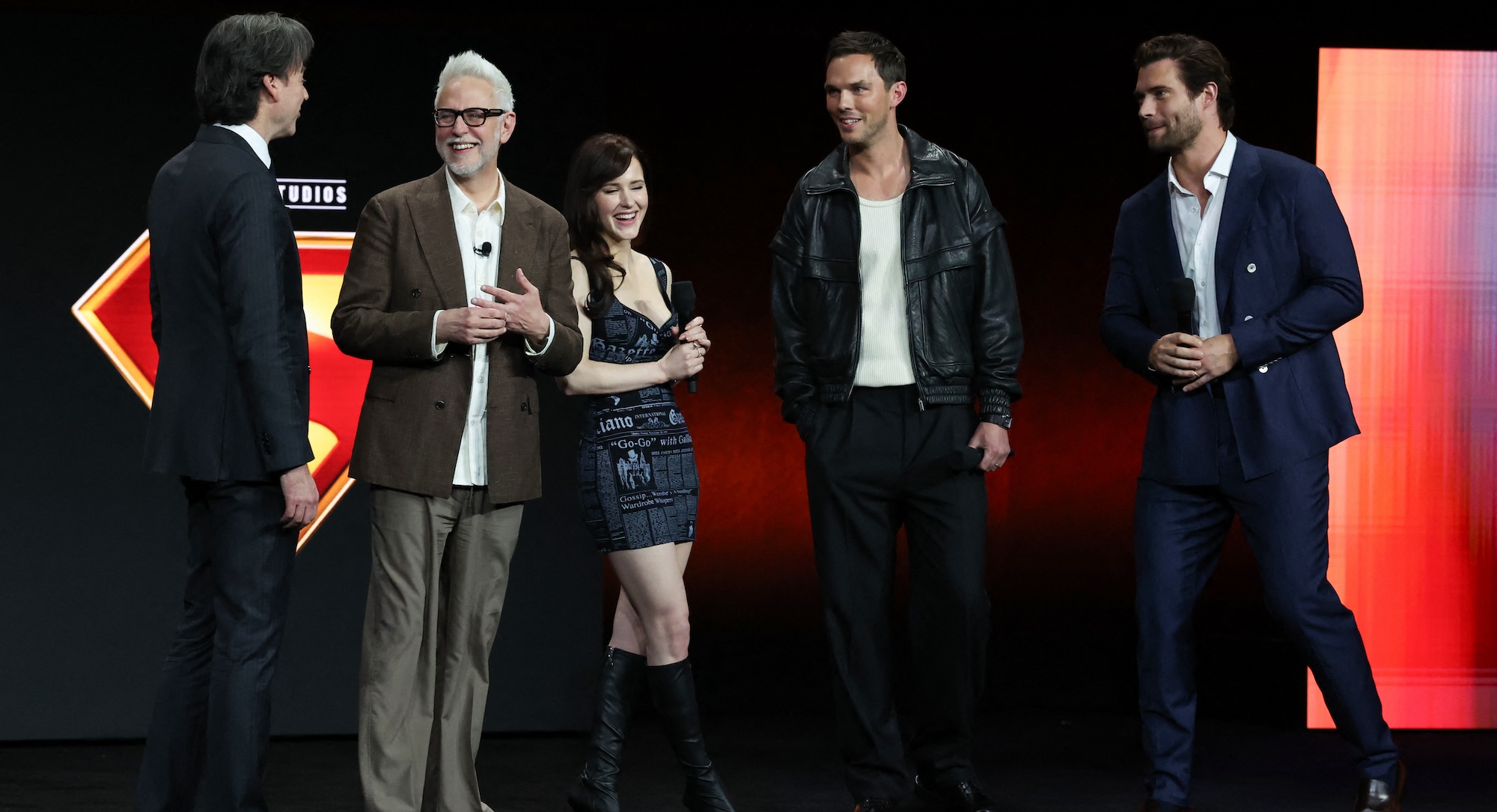





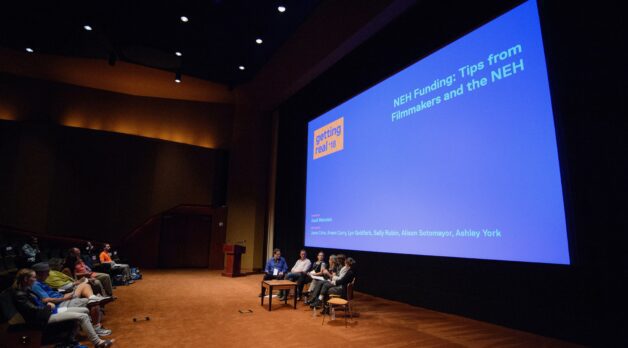







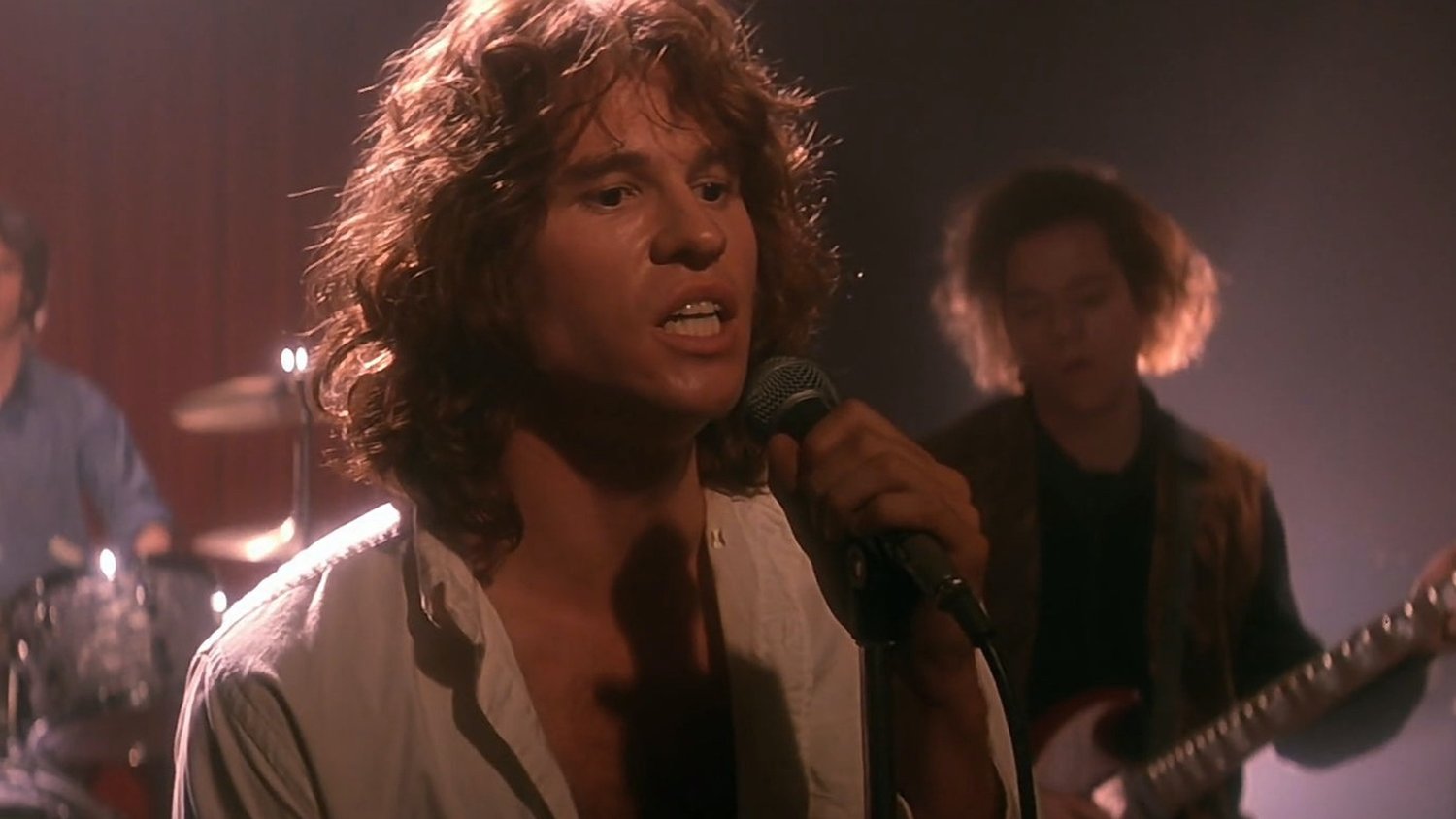








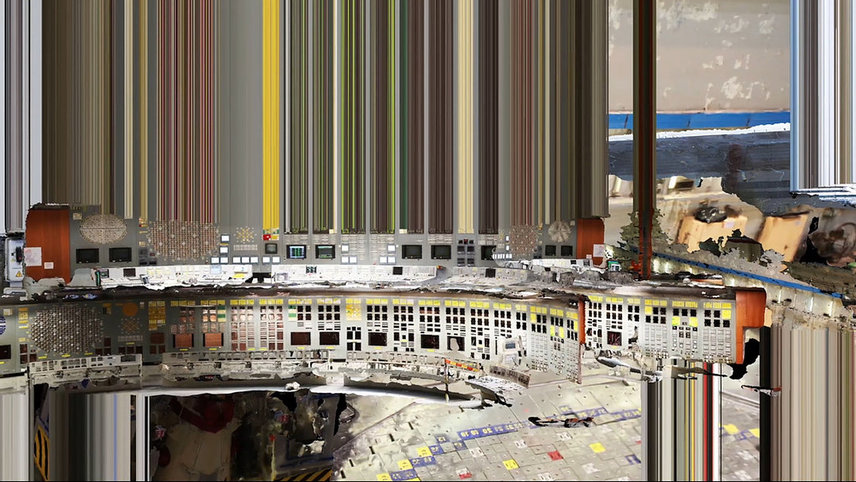
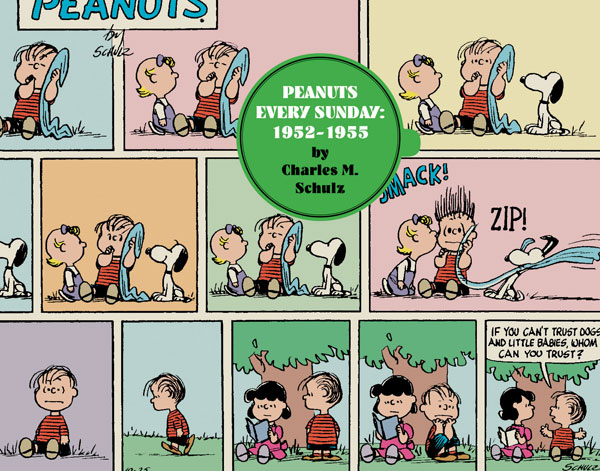
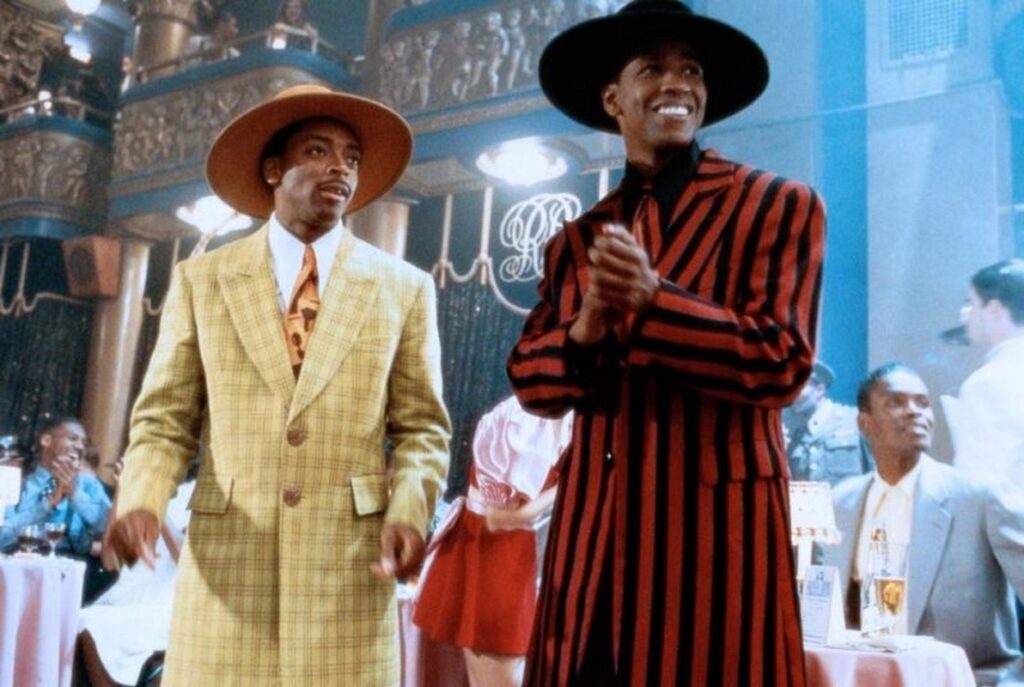


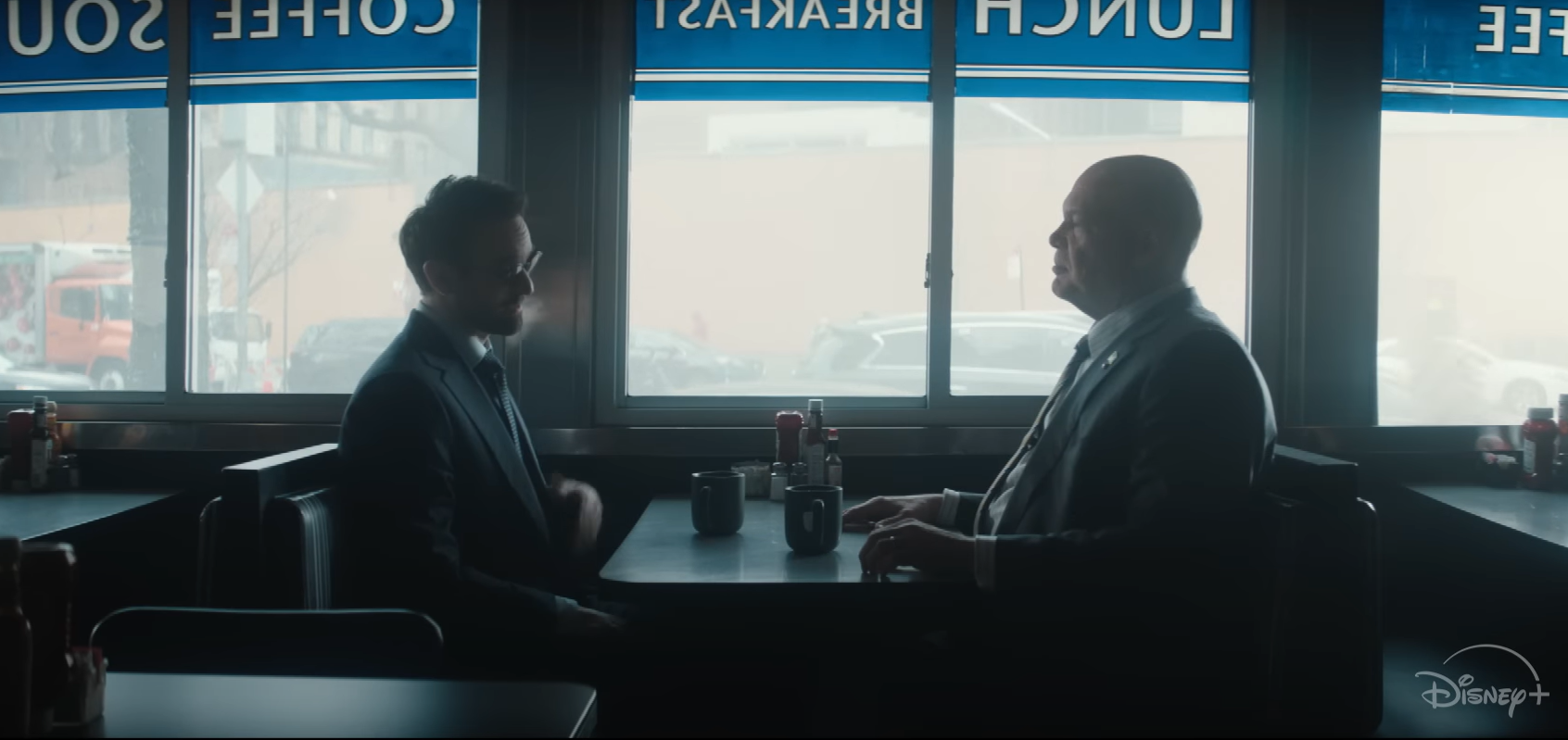































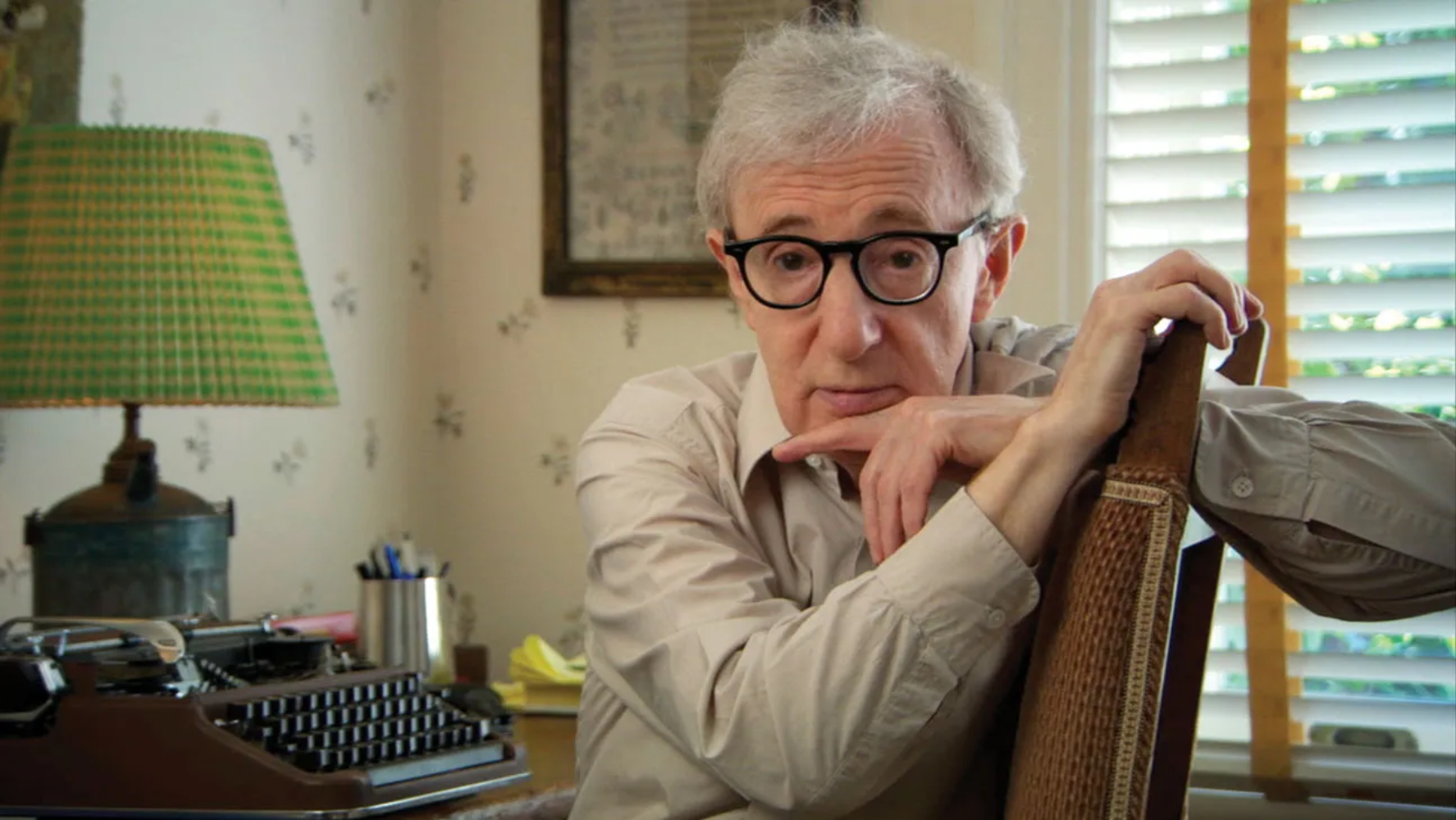

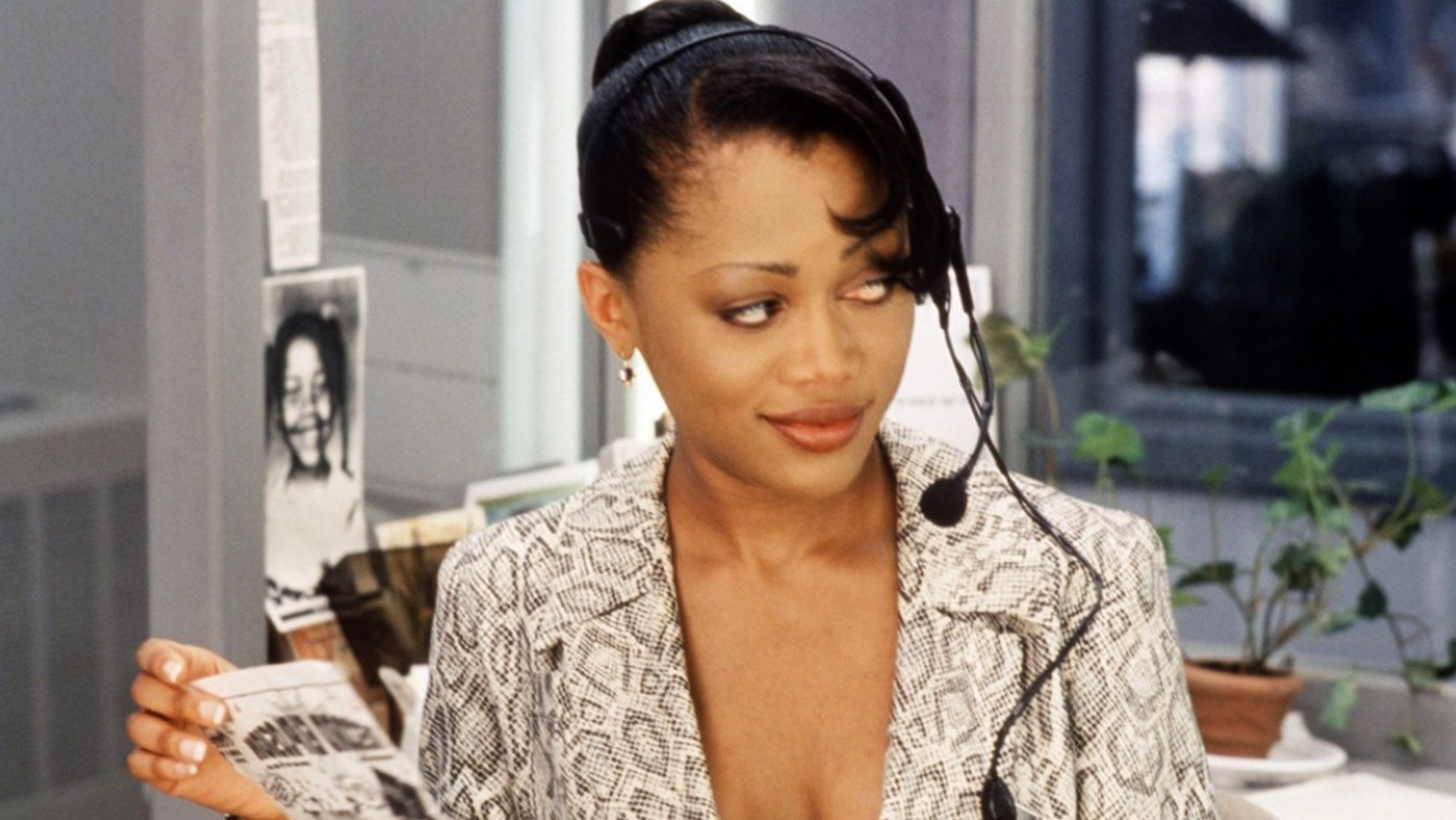


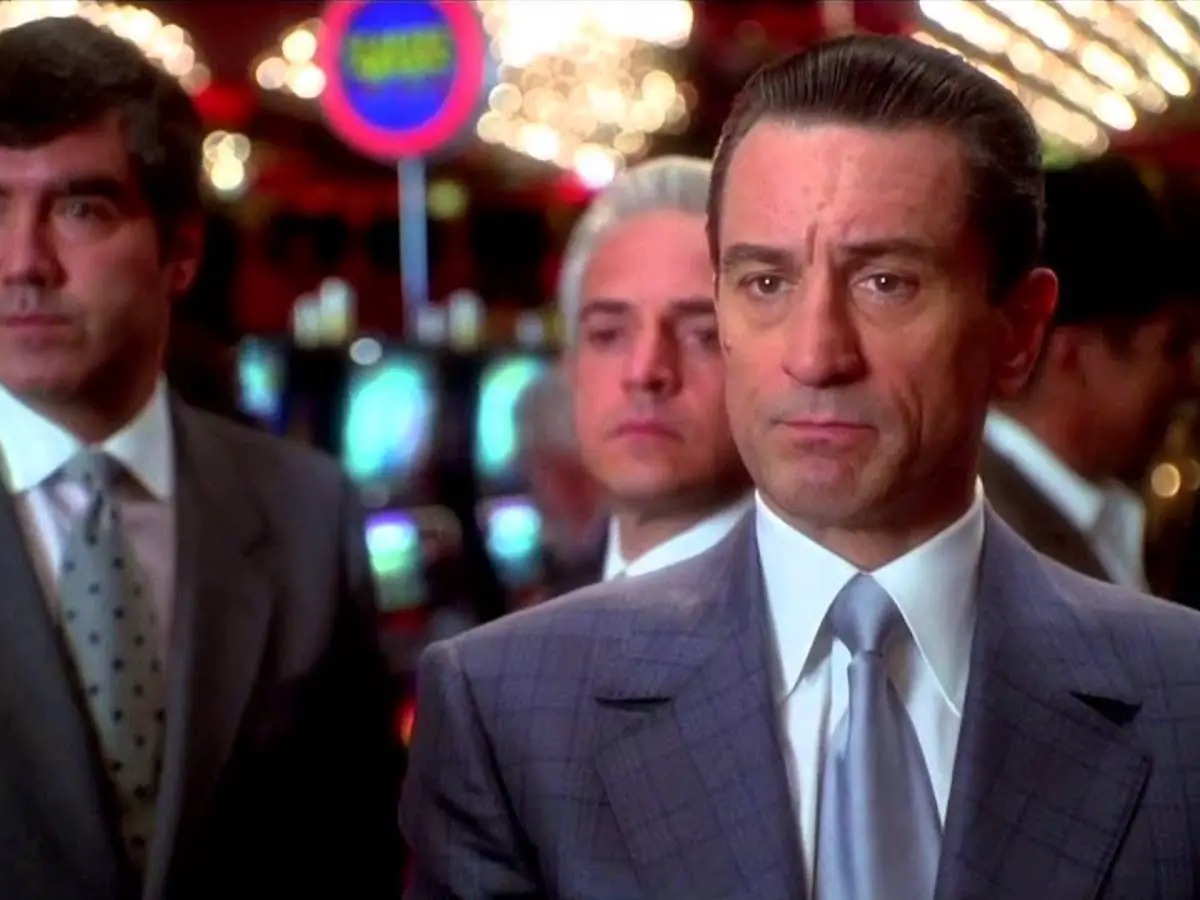




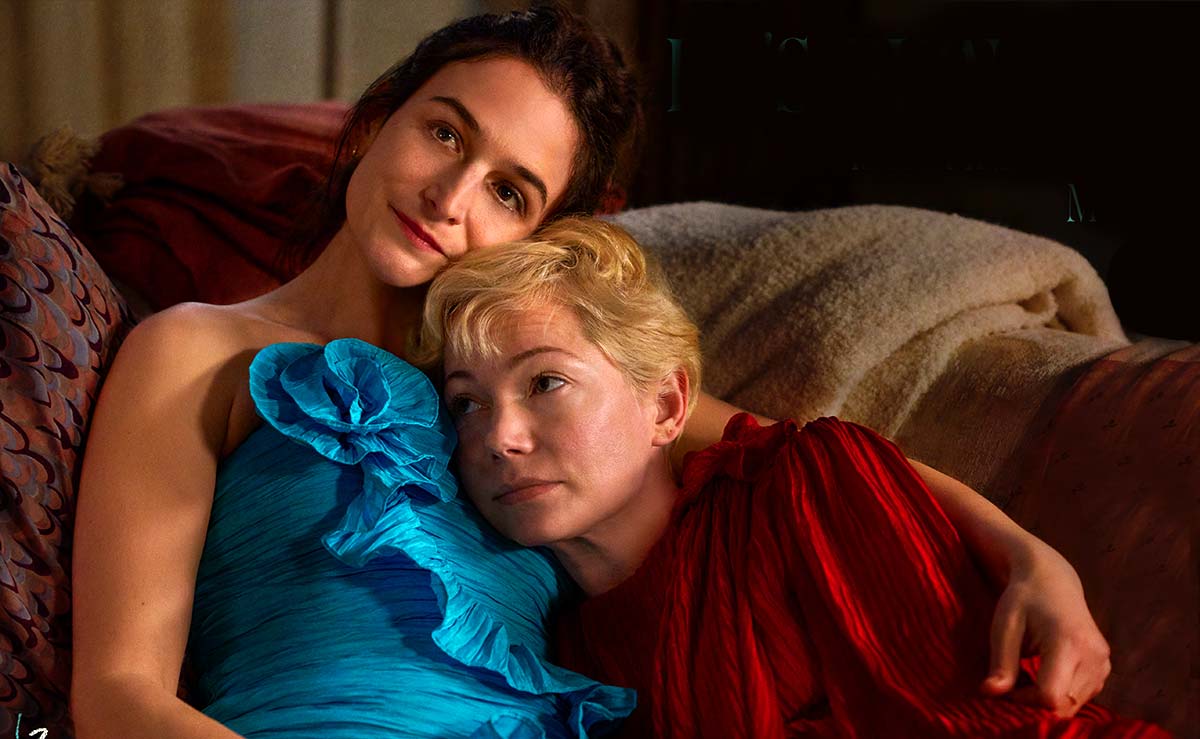



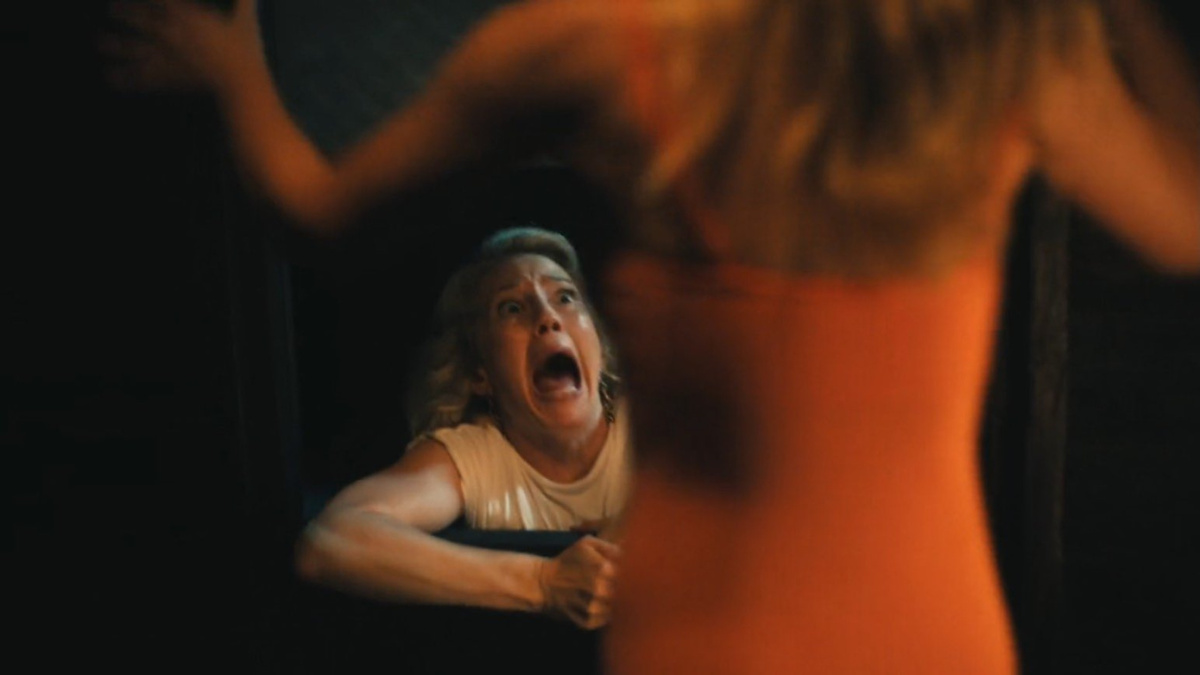



















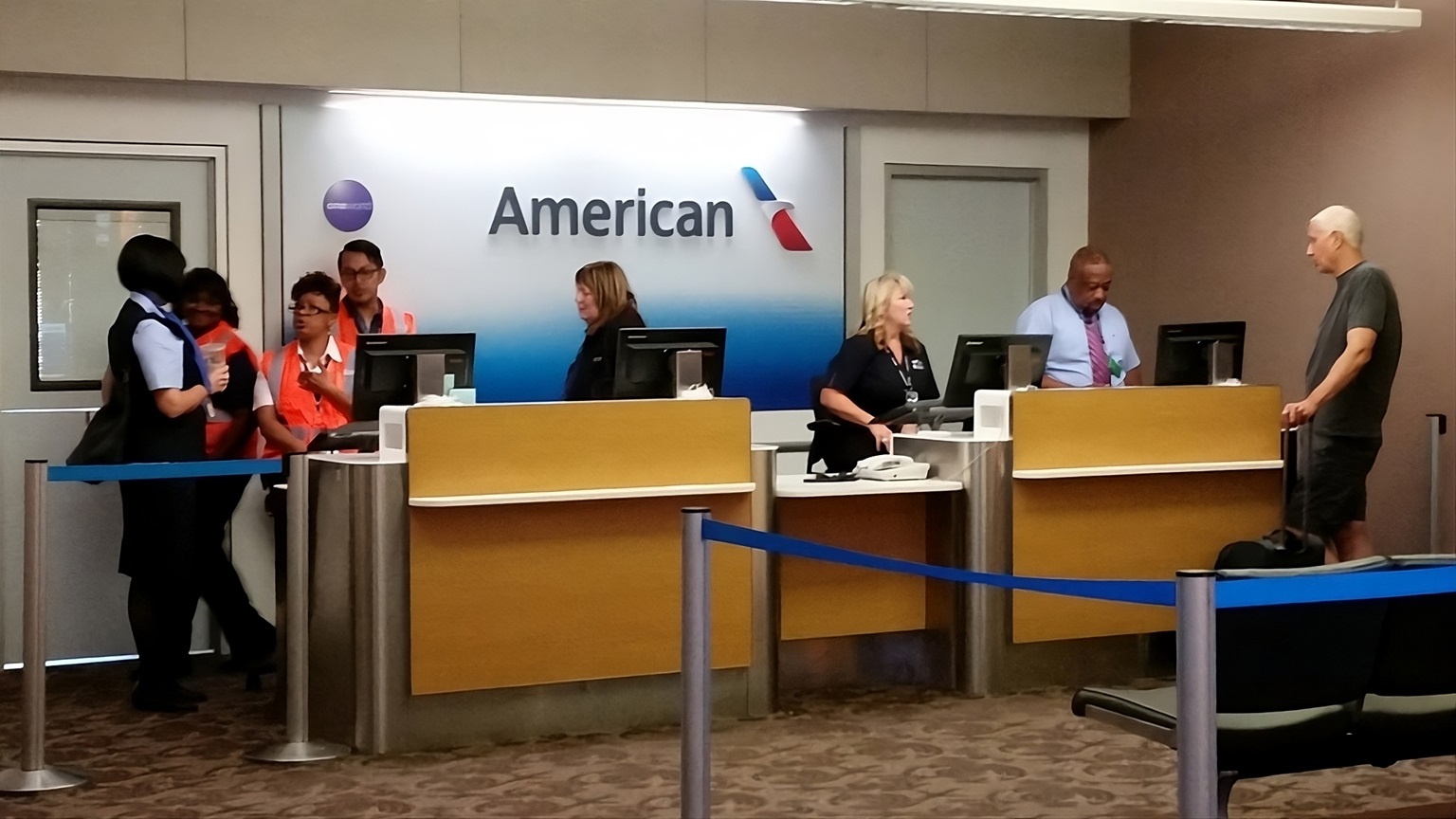

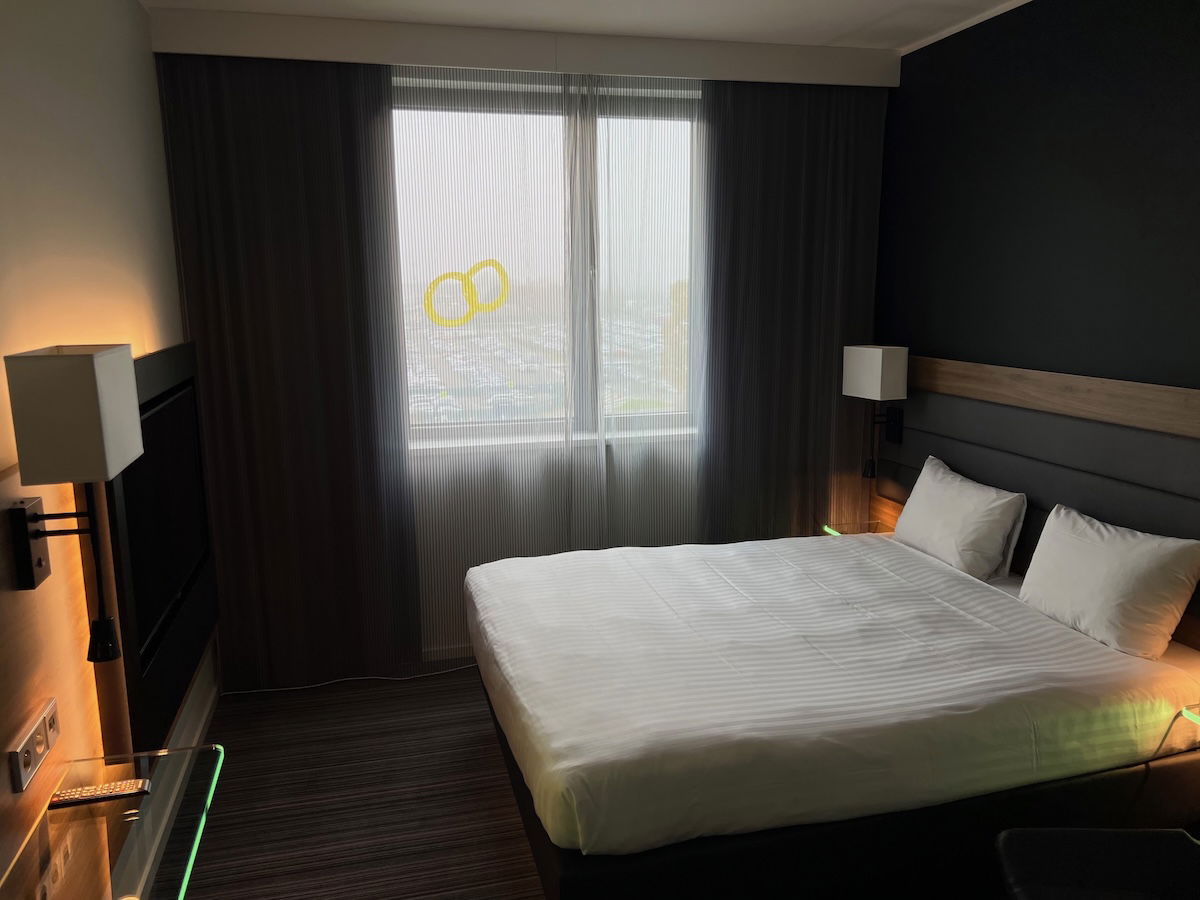






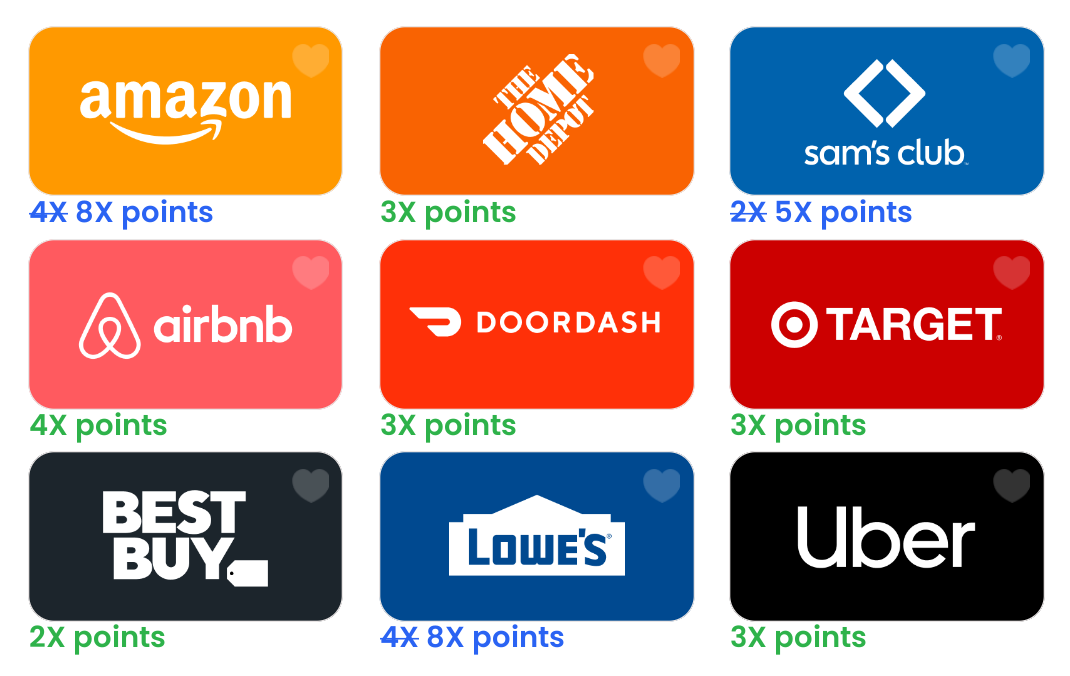








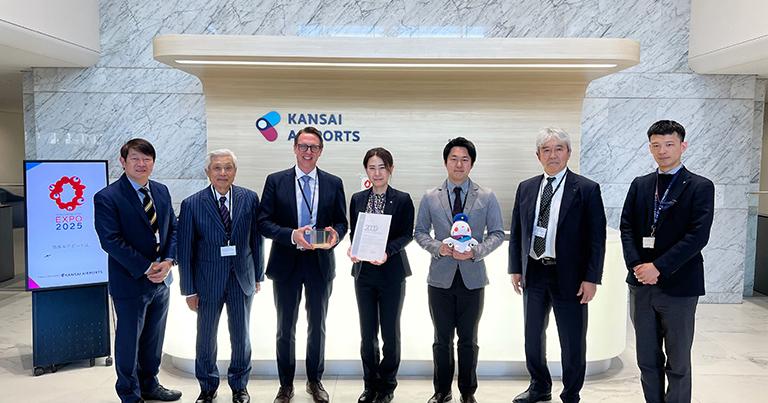

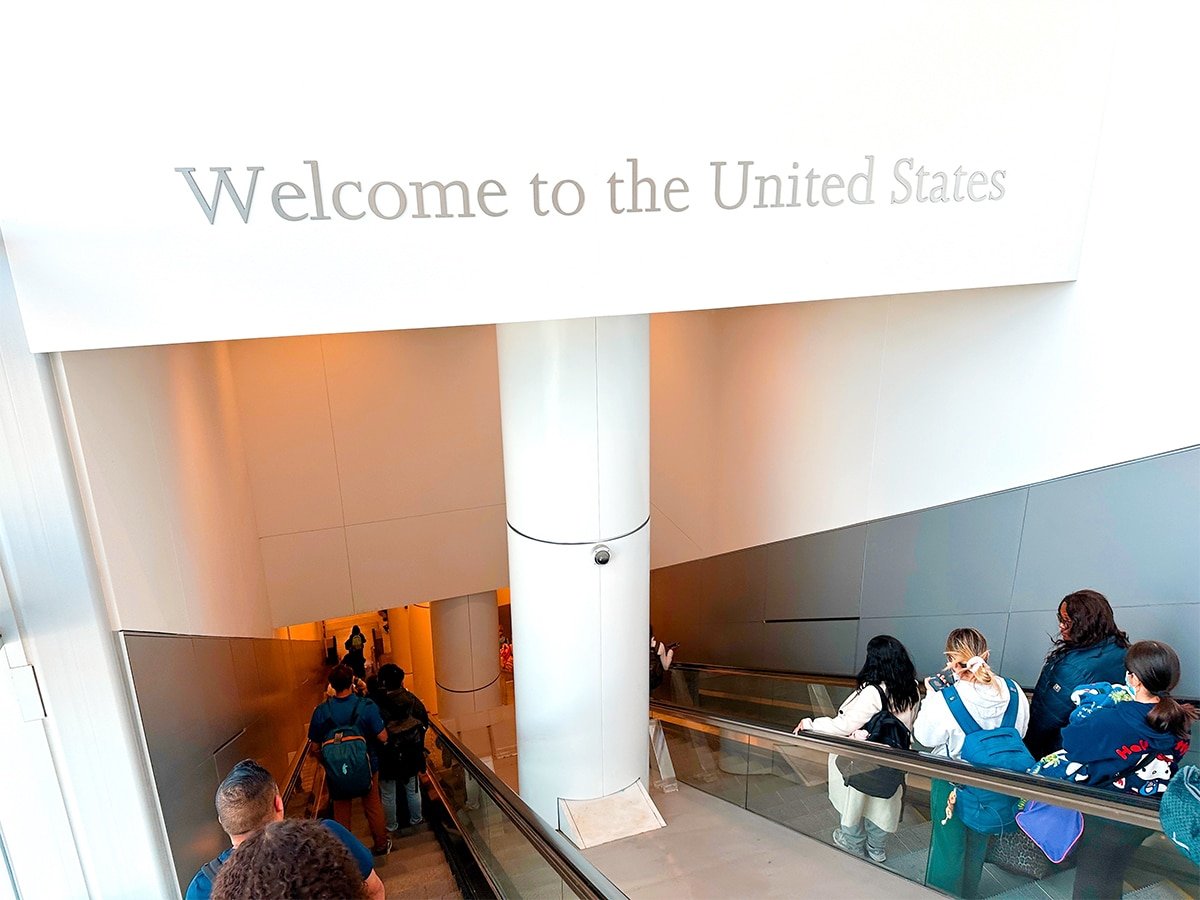


















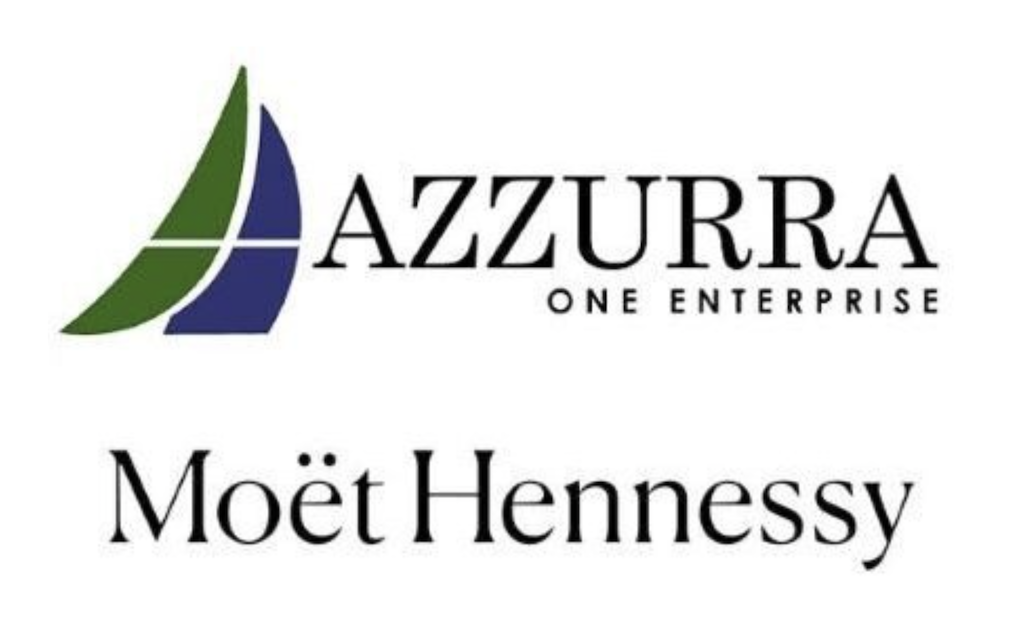












































![Avis Gave Him A ‘Free Upgrade’—Then Sent A $2,000 Bill And Claimed He Drove 40,000 Miles In 5 Days [Roundup]](https://viewfromthewing.com/wp-content/uploads/2025/04/rental-car-at-msy-airport.jpeg?#)

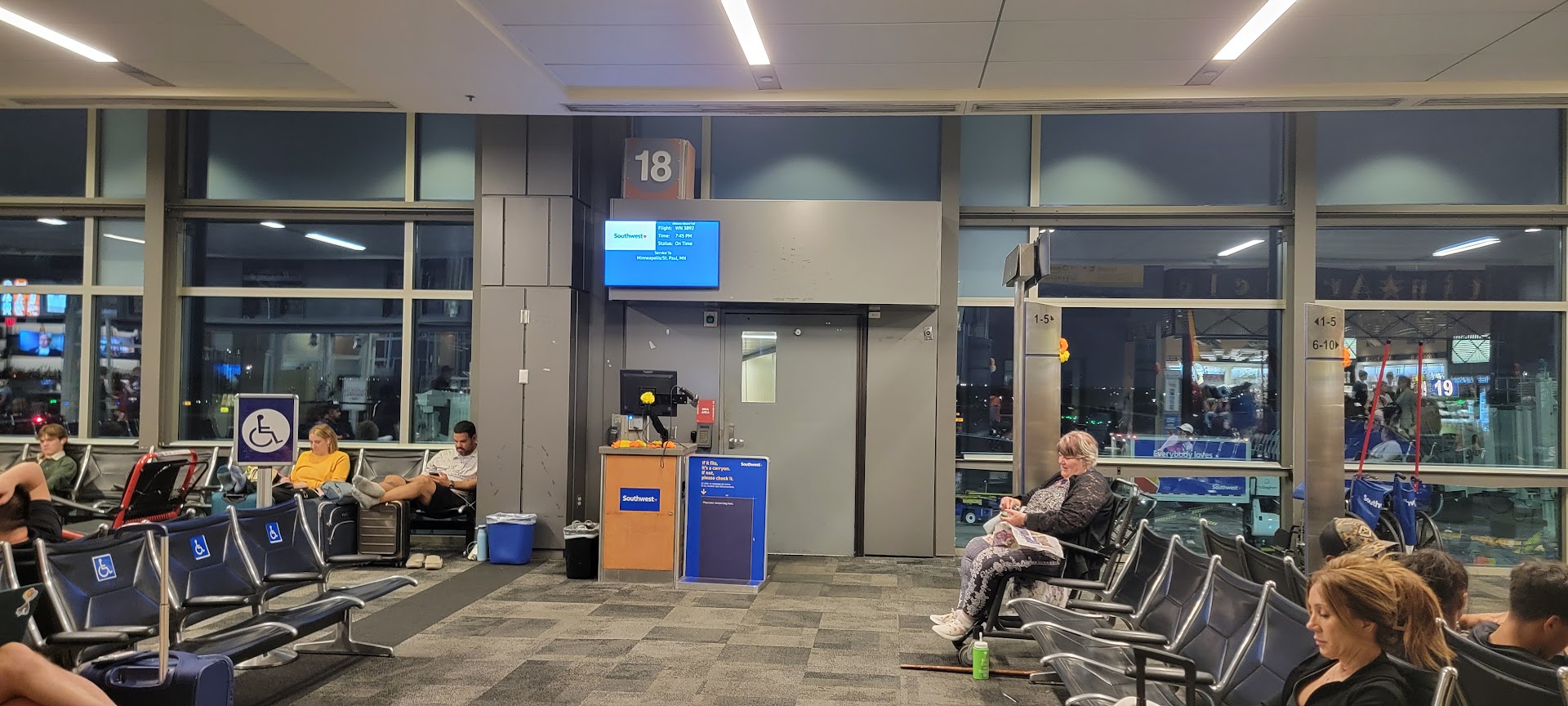




























.jpg?#)


.png?#)









































































































































































































































